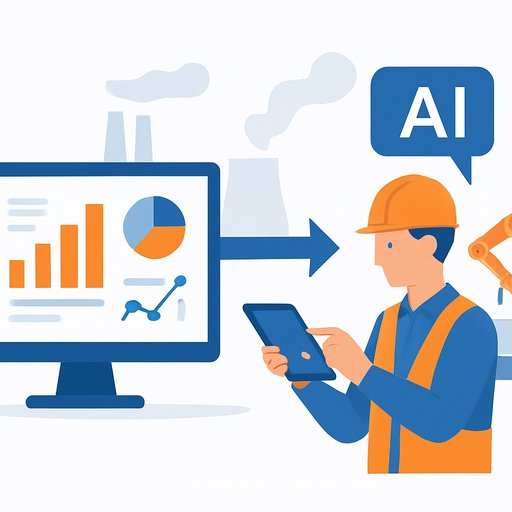Honeywell and TotalEnergies Pilot AI-Assisted Control Room Tech at Port Arthur Refinery
Honeywell and TotalEnergies have launched a pilot of the AI-assisted Experion Operations Assistant at TotalEnergies' Port Arthur Refinery in Texas. The focus is straightforward: give operators faster, clearer insights to improve safety, reduce downtime, and tighten control across critical units.
The assistant runs on Honeywell's distributed control system and adds an AI layer that monitors process conditions, alarms, and equipment health in real time. It highlights emerging risk and recommends actions, giving teams the minutes they need to intervene before an issue turns into an incident.
Why this matters for operations
Control rooms juggle high stakes, tight margins, and complex processes. An AI co-pilot that filters signal from noise and flags real risk helps stabilize shift performance and cut variability between crews.
- Clearer alarm priorities and fewer distractions
- Earlier maintenance cues that reduce emergency work
- Lower flaring and product loss through quicker intervention
Early results from the Delayed Coking Unit
The pilot is live in the Delayed Coking Unit. Early data is strong: the system predicted five potential incidents before they happened-on average 12 minutes ahead of alarm activation-giving operators time to respond and correct.
- Reduced unplanned downtime
- Limited production losses
- Minimized emissions from flaring
What Experion Operations Assistant brings
This platform blends real-time operational analytics with predictive insights. It helps teams anticipate equipment and process issues, mitigate risk, and execute with more consistency across shifts.
TotalEnergies site leadership sees the pilot supporting safer operations, less downtime, and fewer product losses. Honeywell highlights how decades of domain expertise are packaged into practical tools that pair autonomy with human oversight in the control room.
Practical takeaways for control room teams
- Treat AI alerts like advanced early warnings-validate, act, and close the loop in your logbook.
- Tune alarm rationalization so AI forecasts complement, not overwhelm, existing alarm philosophy.
- Standardize responses: build quick response checklists per scenario to speed execution.
- Track outcomes: measure time to intervention, avoided downtime, and flare reduction per event.
- Keep data quality tight: maintain sensor health, tag accuracy, and historian integrity.
Implementation notes
Start with one unit and a small set of high-impact scenarios. Pair an operator lead with a process engineer and maintenance planner to validate signals and document actions.
Plan change management early: short training sessions, shadowing on initial shifts, and clear escalation paths. Align cybersecurity and access controls with site policy before expanding to new units.
Where to learn more
Your membership also unlocks:






